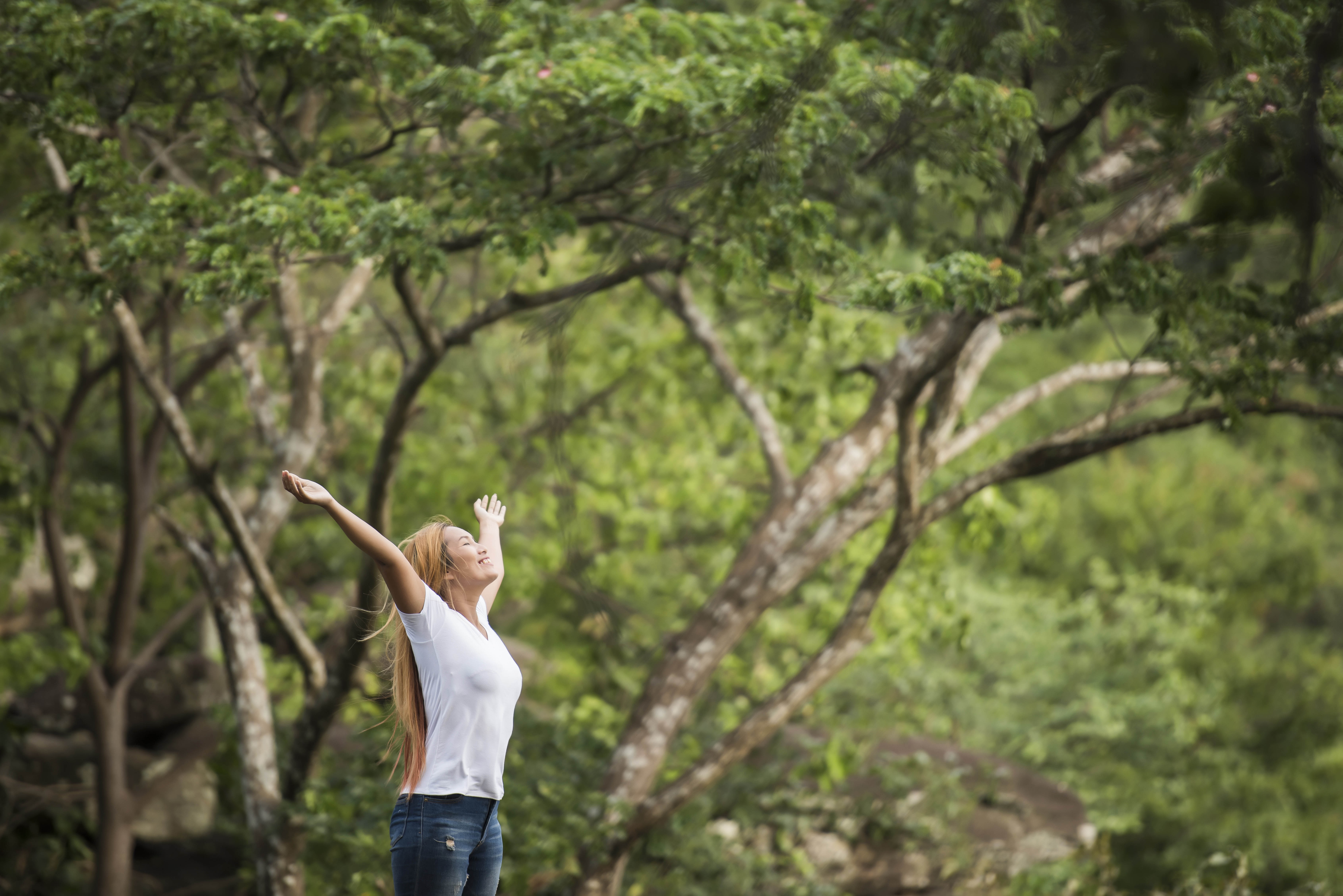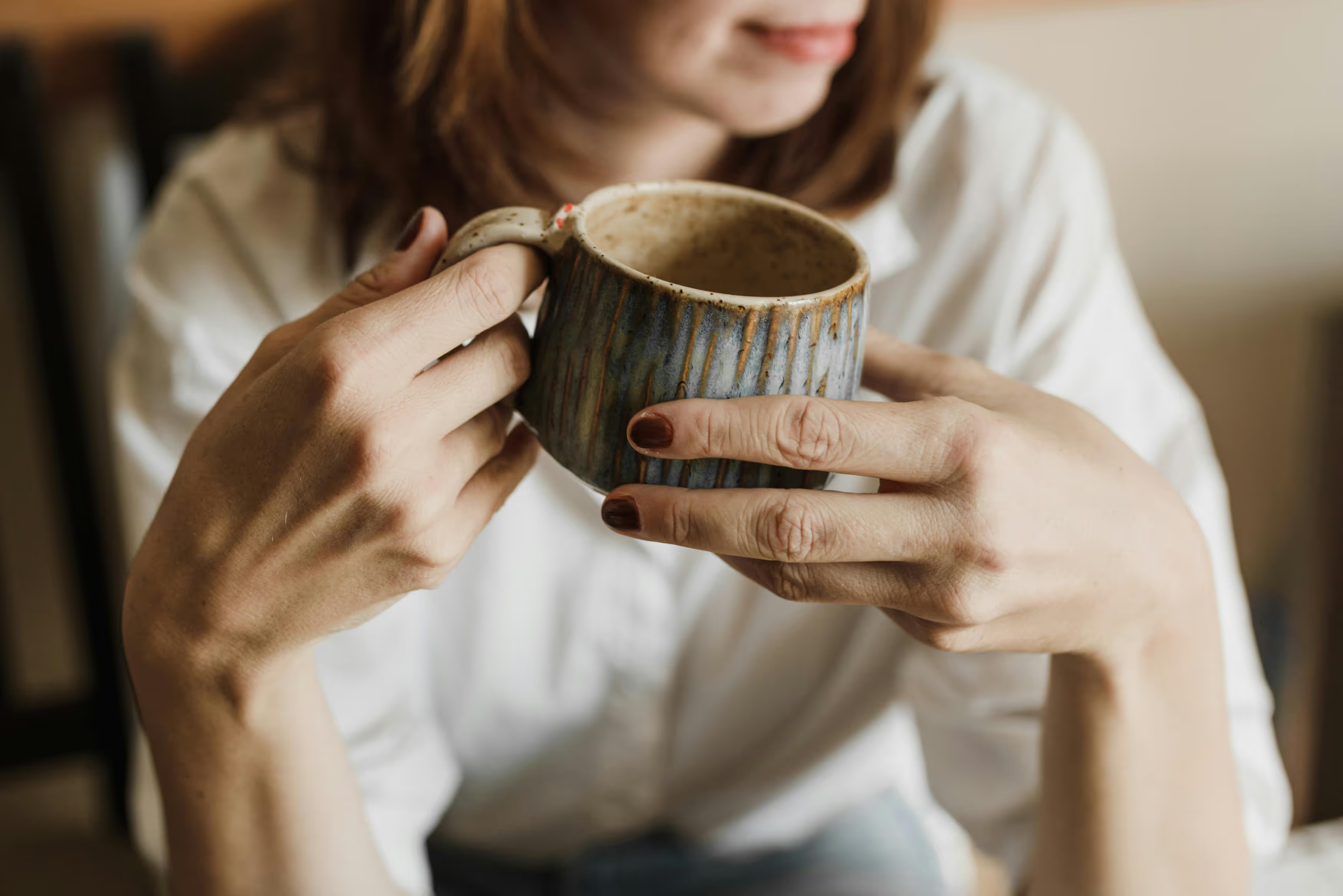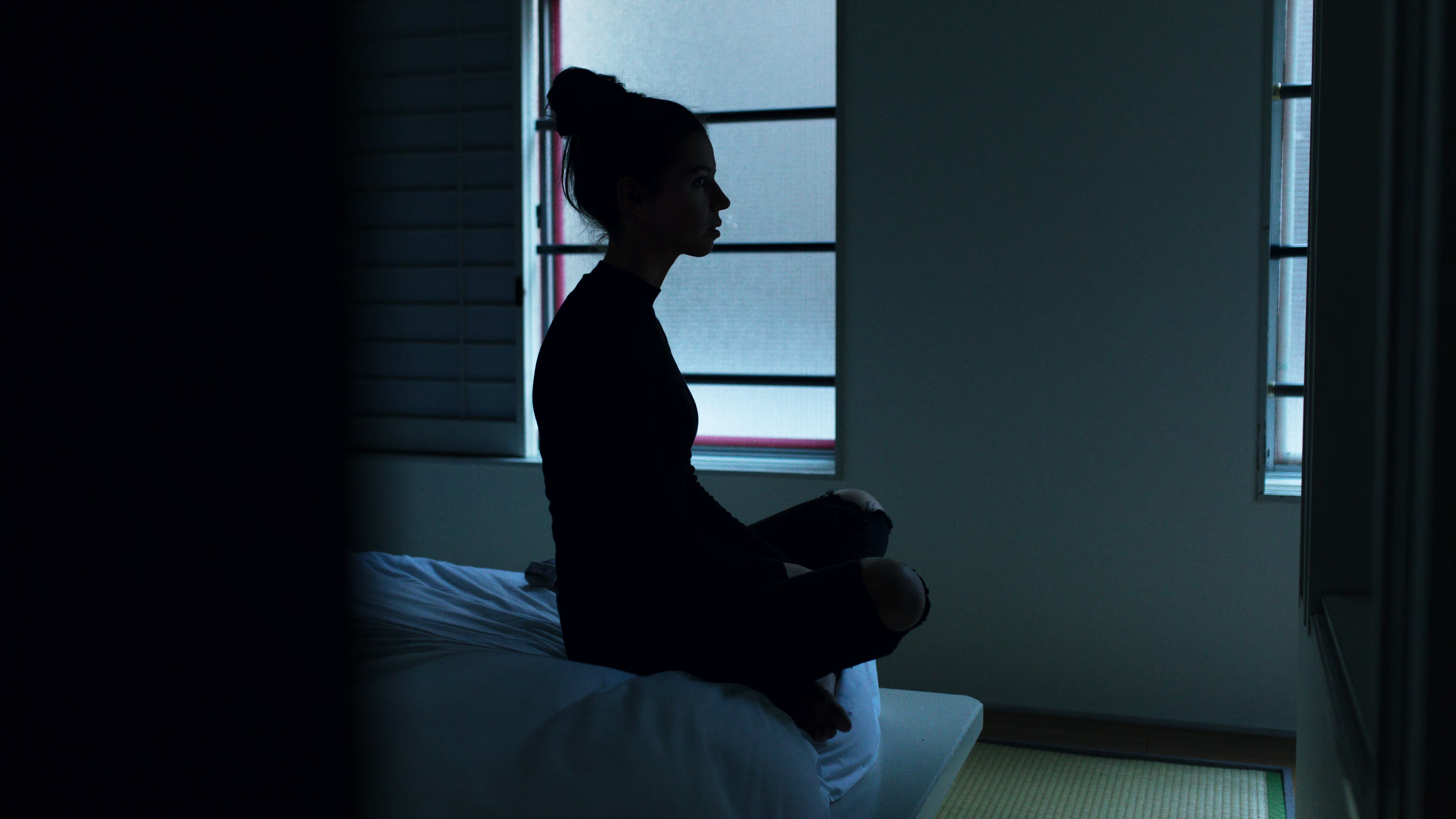When deadlines pile up and the weather keeps you inside, it’s easy to feel cut off from the natural world. But research shows that even tiny touches of nature indoors—a leafy plant, a window view or a wooden desk surface—can ease stress, boost focus and lift mood. This is “rewilding indoors,” bringing natural elements into everyday spaces to support well-being.
Why Nature Matters
Humans are wired with “biophilia”—an innate affinity for the natural world. Studies show that exposure to natural settings reduces blood pressure, lowers stress hormones and restores attention. A landmark study found that hospital patients with a view of trees recovered faster than those facing a brick wall.
Indoor Nature, Real Benefits
You don’t need a forest to feel better. Office and lab experiments show that indoor plants reduce fatigue, improve mood and even lower sick leave rates. One review found strong evidence that natural elements in indoor environments promote relaxation and cognitive restoration.
Lighting matters too. Exposure to natural daylight—even filtered through windows—improves circadian rhythm alignment, leading to better sleep and productivity. When daylight isn’t possible, warm-spectrum artificial light can mimic some of these effects.
Textures, Sounds, and Scents
Rewilding indoors isn’t just visual. Wood, stone or other natural textures create a grounding effect. Nature-inspired sounds—like birdsong or running water—reduce physiological stress markers. Even natural scents, such as essential oils derived from trees, are linked with lower anxiety and improved mood.
What Actually Helps
- Add one or two houseplants to your workspace
- Choose natural textures (wood, wool, stone) where possible
- Maximize daylight exposure or use warm-spectrum lights
- Play nature soundscapes while working or resting
- Incorporate scents—like pine, lavender or citrus—for a sensory reset
Rewilding indoors is not about decorating—it’s about designing your space to meet ancient needs. By weaving in small doses of nature, you create micro-environments that help your mind and body reset, even on the busiest days.
Sources & Further Reading
- Ulrich RS (1984). View through a window may influence recovery from surgery. Science, 224(4647), 420–421. https://pubmed.ncbi.nlm.nih.gov/6143402/
- Nieuwenhuis M, et al. (2014). The relative benefits of green versus lean office space: Three field experiments. Journal of Experimental Psychology: Applied, 20(3), 199–214. https://pubmed.ncbi.nlm.nih.gov/24749519/
- Viola AU, et al. (2008). Blue-enriched white light in the workplace improves self-reported alertness, performance and sleep quality. Scandinavian Journal of Work, Environment & Health, 34(4), 297–306. https://pubmed.ncbi.nlm.nih.gov/18815716/
- Jo H, et al. (2019). Physiological and psychological effects of forest and urban sounds using high-resolution soundscapes. International Journal of Environmental Research and Public Health, 16(14), 2607. https://pubmed.ncbi.nlm.nih.gov/31330861/









